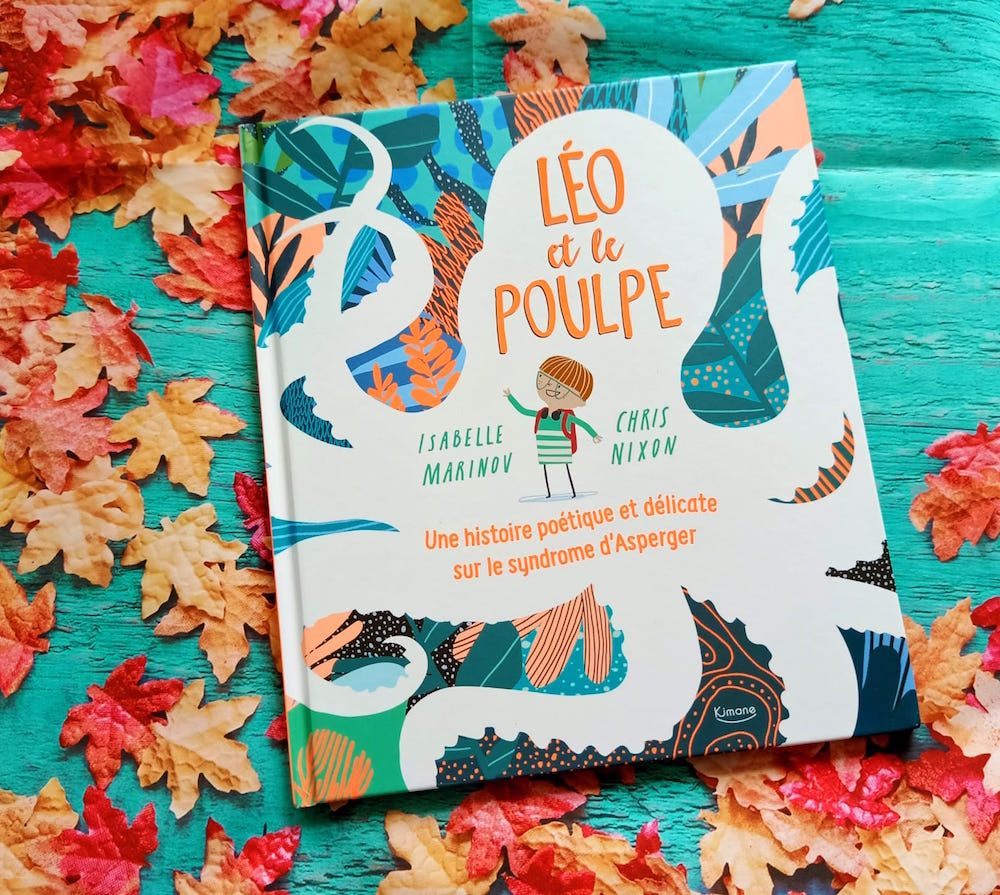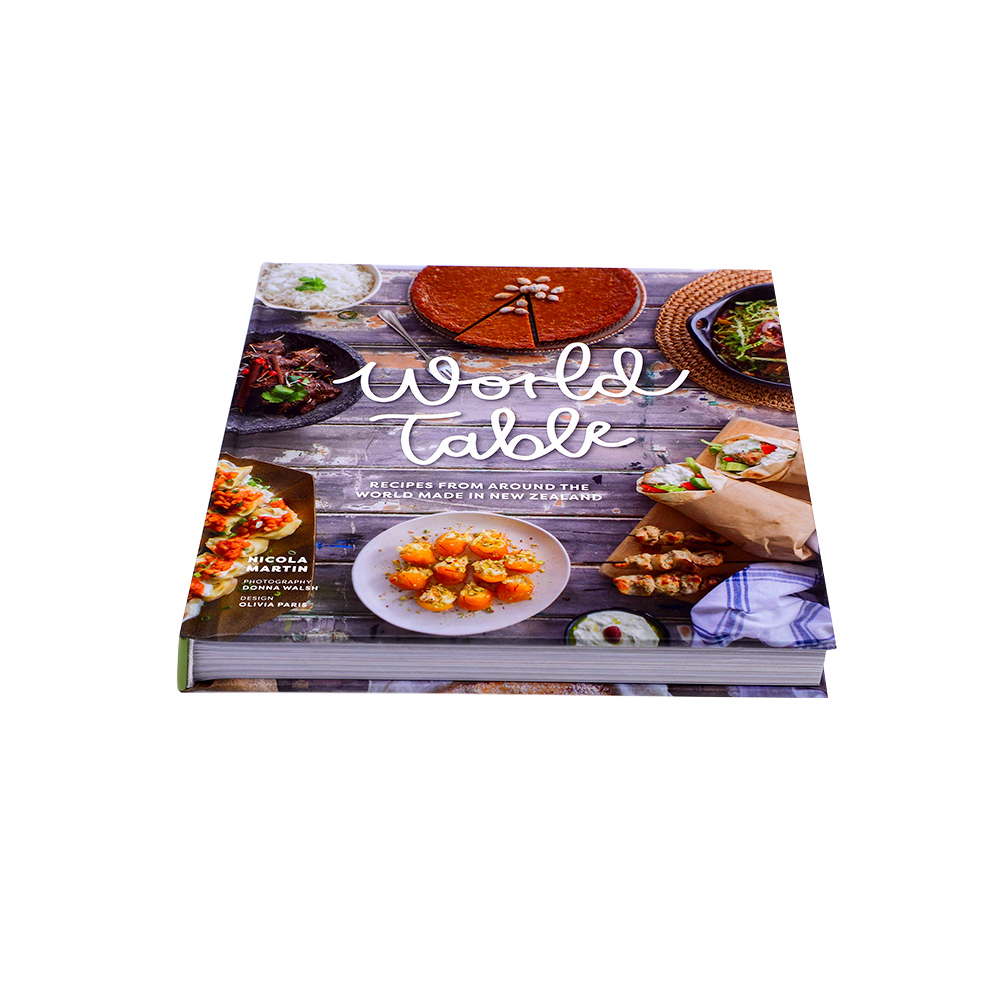Y Ffordd Rhataf I Argraffu Llyfr Plant
Transforming your beloved children’s story into a beautifully printed book is a thrilling experience. However, for first-time authors, navigating the world of affordable publishing can be daunting. In this comprehensive guide, we will explore the most cost-effective options for printing a children’s book in 2024, whether you choose to self-publish through print-on-demand or collaborate with professional offset printers. Get ready to uncover proven strategies for minimizing your expenses while bringing your story to life!
Tabl Cynnwys
Understanding the Cost Structure of Children’s Book Printing
Children’s books often require specialized printing techniques, which can lead to higher costs compared to standard documents. It’s essential to grasp why these expenses can vary significantly before you dive into your project.
1. Short Print Runs and Their Impact on Pricing
The charm of children’s literature often attracts dedicated audiences. However, many first-time authors face the challenge of limited readership, resulting in smaller print runs. This situation can lead to higher per-unit costs. While experienced authors might confidently order thousands of copies, new titles typically start with print runs of a few hundred.
2. The Role of Design Elements
Children’s books frequently feature vibrant illustrations and playful designs that require special handling. Techniques like die-cutting and embossing add a tactile element that engages young readers, but these processes increase production costs.
3. The Importance of Color Consistency
Maintaining color accuracy over a long print run can be challenging for printers. A slight adjustment to the press can lead to variations in hue, which is particularly critical for children’s books where vivid imagery is essential. Printers often charge more to ensure that colors remain consistent across all copies.
4. Sturdy Binding Options
Children’s books must withstand years of handling, leading to the use of durable binding methods. Options like board books and hardcovers involve thicker spine glues and robust cover materials, contributing to higher binding costs.
Strategies to Reduce Printing Costs for Children’s Books
Despite the inherent expenses associated with children’s book printing, there are several effective strategies authors can employ to lower costs.
1. Embrace Digital Printing
For short print runs under 1,000 copies, digital printing offers a more affordable option. Digital presses operate on a file-to-print basis, eliminating the need for extensive setup costs associated with traditional printing methods. This approach not only reduces pre-production expenses but also minimizes warehousing fees due to faster print times.
2. Consider Black and White Interior Pages
If your project is color-intensive, you can reduce costs significantly by printing the interior pages in black and white while reserving full-color printing for the cover and chapter openers. This simple change can lower four-color printing costs by over 50%, allowing you to maintain visual appeal without breaking the bank.
3. Opt for Standard Binding
Choosing standard paperback binding can reduce costs by up to 40% compared to hardcover options, especially for stories that fit well within traditional page lengths. Starting with paperbacks can also provide a more affordable entry point for first-time authors.
4. Standardize Your Book Size
Utilizing standard trim sizes, such as 5 x 8 inches, can optimize print runs by reducing waste. Non-standard sizes often lead to increased material costs as printers need to purchase larger parent sheets.
5. Simplify Illustrations and Layouts
Complex illustrations and intricate layouts can slow down production and increase costs. Streamlining your artwork and layout can significantly decrease printing expenses while still conveying your story effectively.
6. Print in Larger Quantities
While it might be tempting to order small test runs, printing in larger batches of 250 or more can drastically reduce per-unit costs. This approach allows you to spread the fixed expenses, such as setup and processing, over a larger number of books.
7. Explore Different Printing Methods
Understanding the various printing options available can help you find the most economical solution for your project. Below are the primary printing methods available for children’s books:
Analyzing Major Printing Methods
1. Print-On-Demand (POD)
POD services like Amazon KDP and IngramSpark allow authors to print single copies of their books as orders come in. This model eliminates the need for upfront costs and inventory management, making it an attractive option for self-publishing authors.
Pros:
- No minimum order quantity
- Print only what is sold
- Low financial risk
- Built-in distribution channels
Cons:
- Higher per-book pricing
- Lower profit margins
- Limited control over print quality
Cost: $4-$6 per book
2. Offset Printing
Offset printing is ideal for larger print runs. Companies like Elanders USA and Bang Printing utilize large presses to produce mass quantities, offering significant discounts for higher volume orders.
Pros:
- Lower per-unit pricing
- Enhanced profit potential
- Consistent high print quality
Cons:
- High minimum orders
- Upfront costs required
- Need for warehousing
Cost: $2-$4 per book
3. Digital Printing
Digital printing offers flexibility for mid-range print runs. Companies like Station Ink provide quick turnarounds without the need for plates, making it an efficient option.
Pros:
- Lower minimum orders
- Quick production times
- Affordable for smaller batches
Cons:
- Slightly higher per-book rates for runs over 1,000 copies
Cost: $3-$5 per book
4. DIY Home Printing
If you have access to the right tools, you can print books at home. This method is most cost-effective for very small runs (under 50 copies).
Pros:
- Complete creative control
- Cost-effective for small quantities
Cons:
- Significant time investment
- Limited to basic binding techniques
Cost: Around $2 per book
Casgliad
Embarking on the journey to print your children’s book doesn’t have to be financially overwhelming. By strategically assessing printing methods, simplifying illustrations, and leveraging community resources, you can produce a beautifully crafted book without exceeding your budget. Remember, your creative voice deserves to be heard, and every charming character and exciting adventure you envision should have the opportunity to shine within thoughtfully designed covers.
As you move forward, remain focused on your story and the joy it brings to young readers. With careful planning and resourceful solutions, your vision can become a reality this year and in the years to come!
Cwestiynau Cyffredin
1. What is the typical cost of printing a 32-page children's book?
For a standard trim size of 8.5” x 8.5”, the typical printing rates in 2024 are as follows:
- 50 copies = $5.87 per book
- 100 copies = $4.41 per book
- 250 copies = $3.99 per book
These prices include full-color interior printing and binding costs. Remember that shipping, taxes, and author copies may incur additional charges.
2. How can I lower the expenses when self-publishing a children’s book?
To effectively reduce printing costs, consider these tips:
- Print black and white interior pages
- Choose paperback binding over hardcover
- Utilize standard book sizes
- Simplify your illustrations and layout
- Crowdfund your printing costs
- Pre-sell copies to secure funding
- Partner with local printers for competitive rates
- Order author copies in bulk for discounts
By carefully evaluating these factors, you can significantly cut unnecessary expenses in your self-publishing journey.
3. What price range should I consider when selling printed copies of a 32-page picture book?
For a 32-page children’s picture book, the recommended retail prices are:
- $9.99 or $10.99 (appearing more affordable below $11)
- $12.99 (a common price for mass-market children’s books)
- $14.99 (a specialty pricing point for better royalties)
- $19.99 (a premium indie price for higher profit margins)
If you utilize print-on-demand services, setting a retail price above $12.99 is ideal for profitability. However, printing over 250 copies through offset methods allows for greater pricing flexibility while maintaining strong profit margins.
Thank you for exploring these insights with us! For all your printing needs, trust GoBookPrinting to help bring your stories to life. Happy creating!
Argraffu Llyfr
Cynhyrchion Newydd
Blog Diwethaf
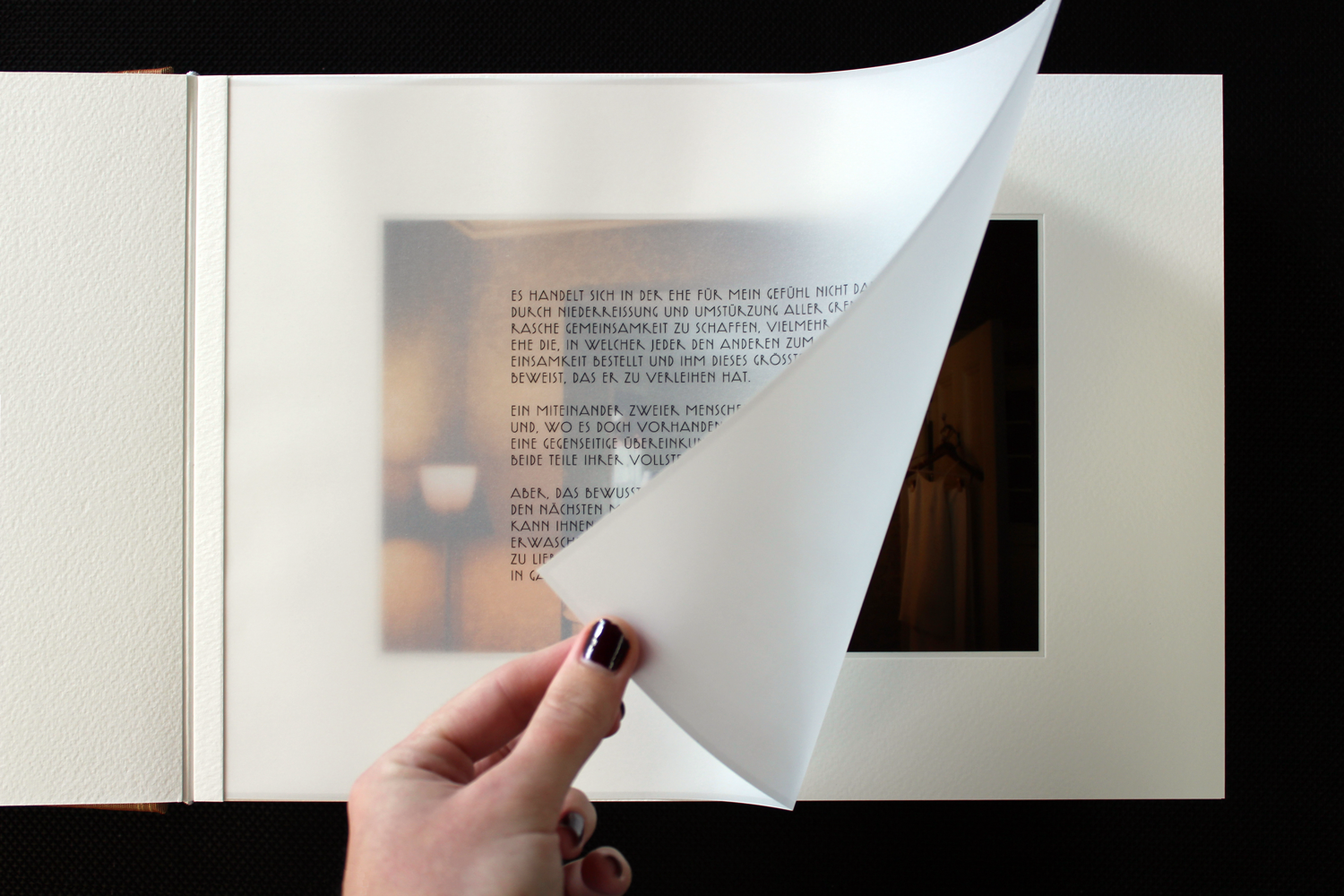
Cadw Atgofion ac Arddangos Gwaith gydag Argraffu Llyfr Ffotograffau o Ansawdd
Os ydych chi'n plymio i hunan-gyhoeddi, un o'ch prif bryderon fydd dod o hyd i opsiynau darbodus ar gyfer argraffu llyfrau

Beth yw manteision argraffu nofel mewn clawr caled
Ar gychwyn cyntaf eich taith fel awdur neu gyhoeddwr, rydych yn debygol o gael eich llethu gan nifer o benderfyniadau ynghylch dylunio, cynhyrchu a chyflwyno eich gwaith.
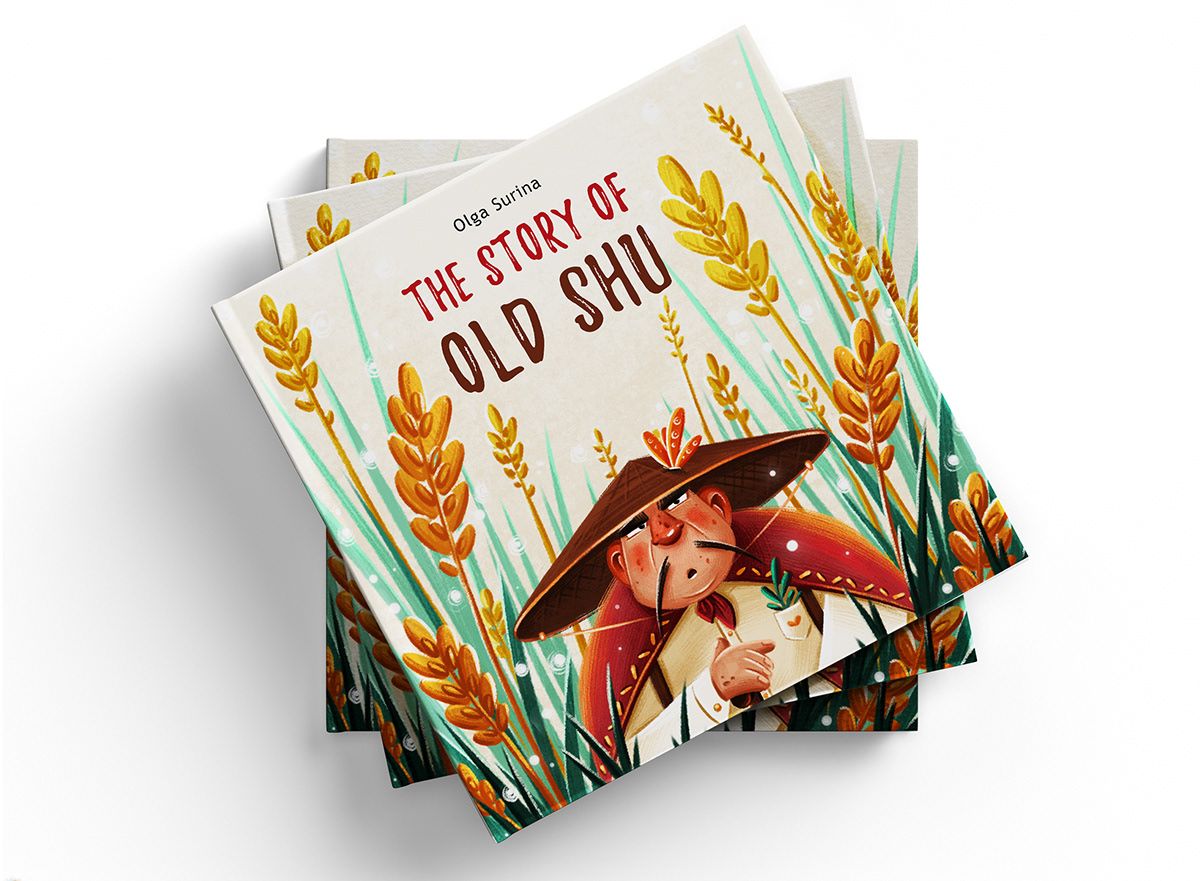
Faint mae'n ei gostio i argraffu llyfr plant?
Mae cyhoeddi llyfr plant yn daith gyffrous sy’n caniatáu i awduron rannu straeon, meithrin dychymyg, ac addysgu meddyliau ifanc. Fodd bynnag,
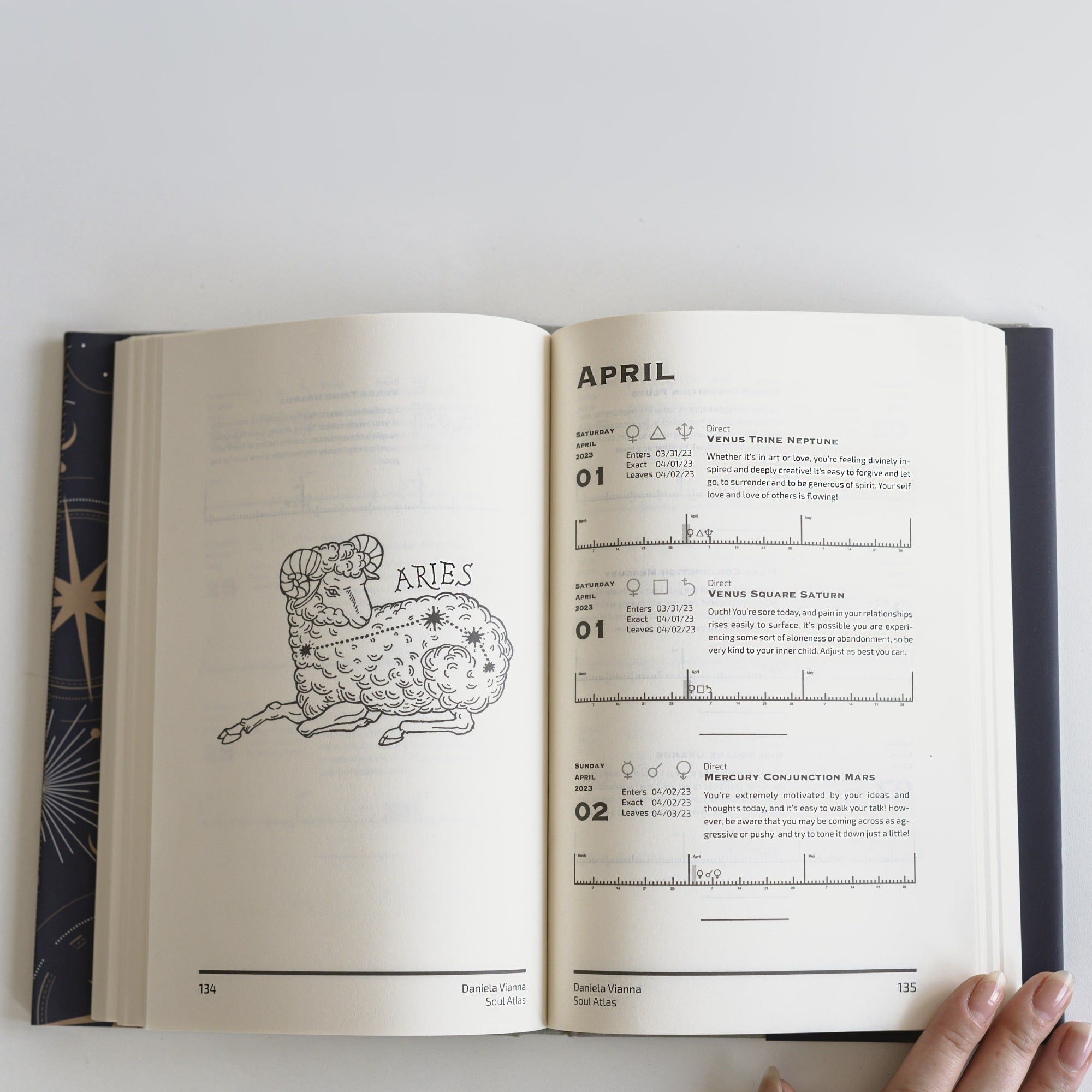
Faint mae'n ei gostio i argraffu llyfr clawr meddal 200 tudalen?
Mae argraffu llyfr yn broses gymhleth sy’n ymwneud â chost, ond gall fod yn brofiad gwerth chweil i awduron, hunan-gyhoeddwyr, a busnesau yn y diwydiant cynhyrchu llyfrau.
Cysylltwch â Ni
- +86 13946584521
- info@booksprinting.net
- 8:00 - 22:00 (Llun - Sul)
Sylwadau
Blog Cysylltiedig
Dewch o hyd i'r tueddiadau diweddaraf a gwybodaeth gyffredin mewn busnes argraffu llyfrau.
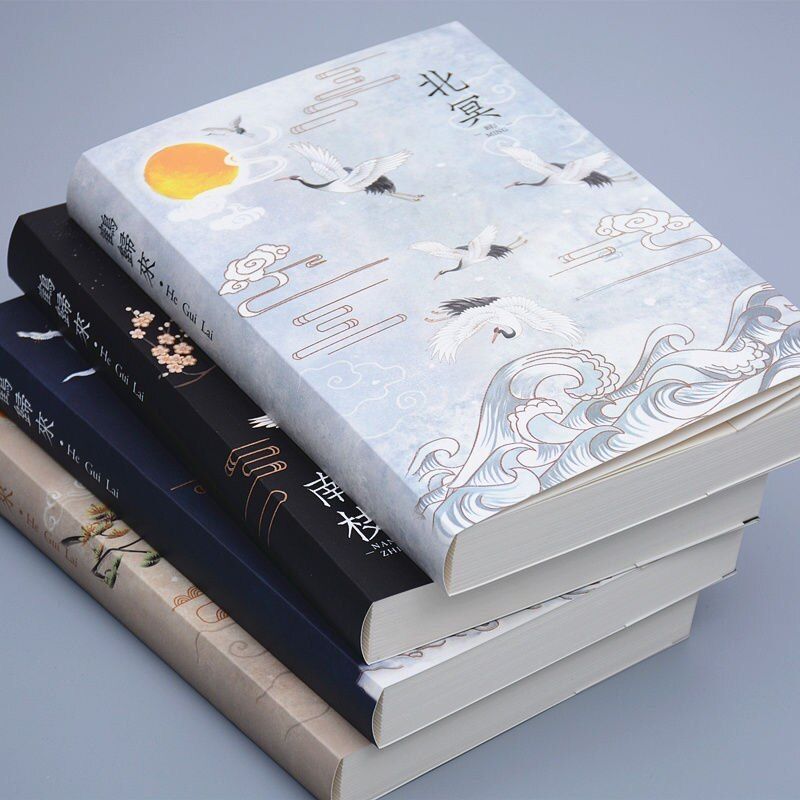
Faint Mae'n ei Gostio i Argraffu Llyfr 100 Tudalen?
Mae argraffu llyfr, yn enwedig llyfr 100 tudalen, yn cynnwys ffactorau amrywiol a all effeithio ar y gost gyffredinol. P'un a ydych chi'n awdur sy'n dymuno hunan-gyhoeddi, yn fusnes sy'n anelu at argraffu deunyddiau hyrwyddo
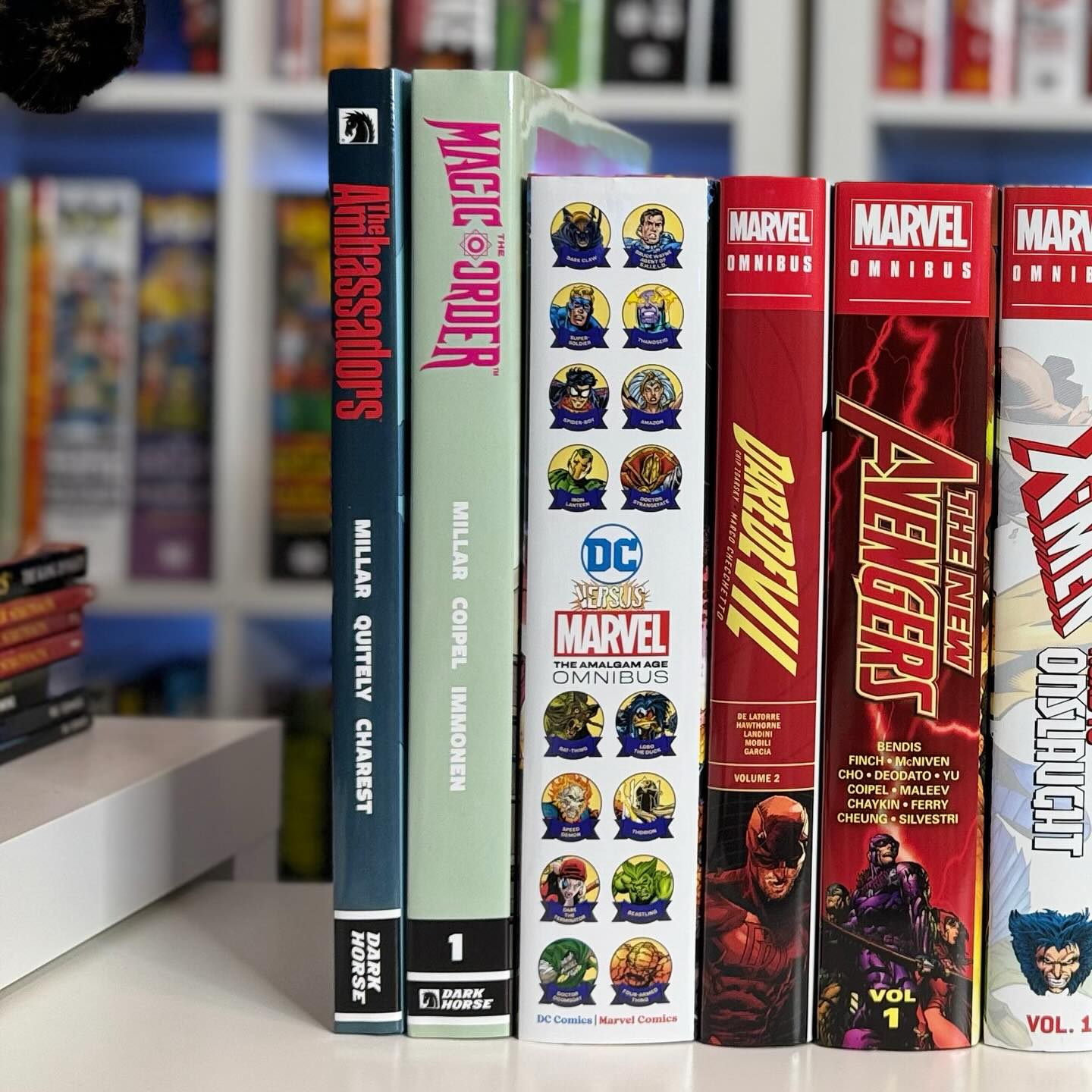
faint mae argraffu llyfr yn ei gostio
Gall costau argraffu llyfrau amrywio o $2 i $20 y llyfr, yn dibynnu ar ffactorau fel maint, deunyddiau a math. Er enghraifft, mae llyfrau clawr meddal yn fwy fforddiadwy, yn aml yn costio $2-$5 ar gyfer argraffu du-a-gwyn, tra gall argraffiadau clawr caled neu brintiau lliw llawn gyrraedd $20 oherwydd costau cynhyrchu uwch.
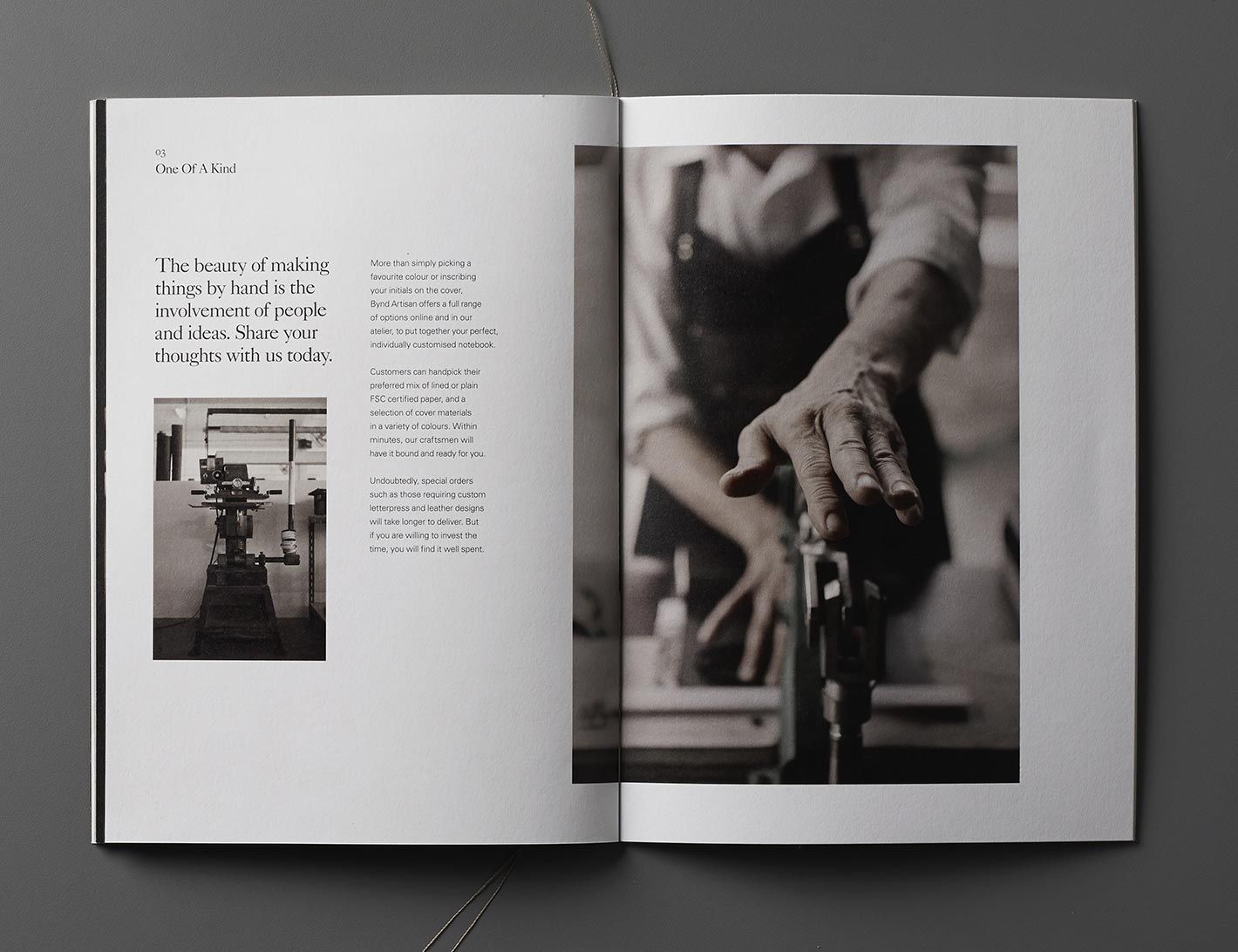
Pam Dylen Ni Ddewis Argraffu Llyfrau Yn Tsieina?
Gyda'r galw cynyddol am argraffu o ansawdd uchel ond fforddiadwy, mae llawer o gyhoeddwyr, awduron a busnesau yn dewis argraffu llyfrau yn Tsieina.
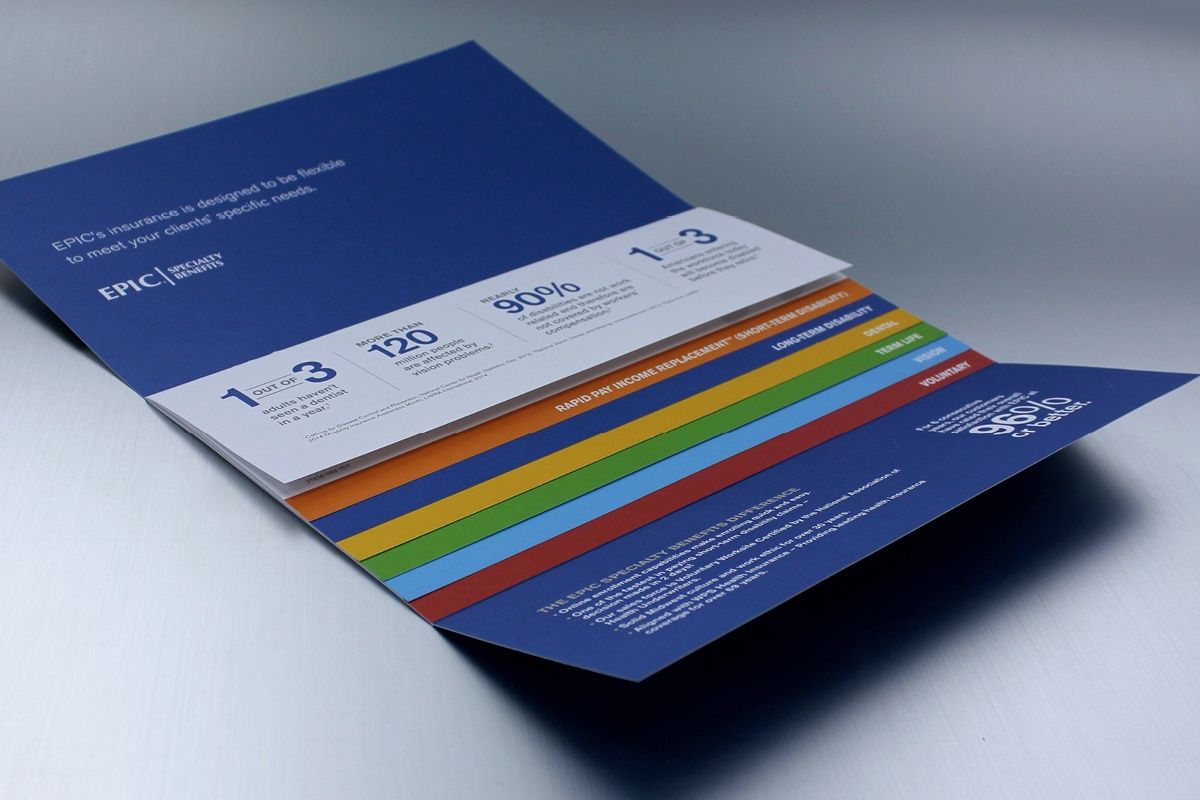
Pam Mae Argraffu Llyfrynnau'n Barod yn Offeryn Marchnata Pwerus i'ch Busnes
Ym myd marchnata digidol a datblygiadau technolegol sy'n esblygu'n barhaus, gall ymddangos bod dulliau marchnata traddodiadol fel argraffu llyfrynnau yn colli eu perthnasedd.

